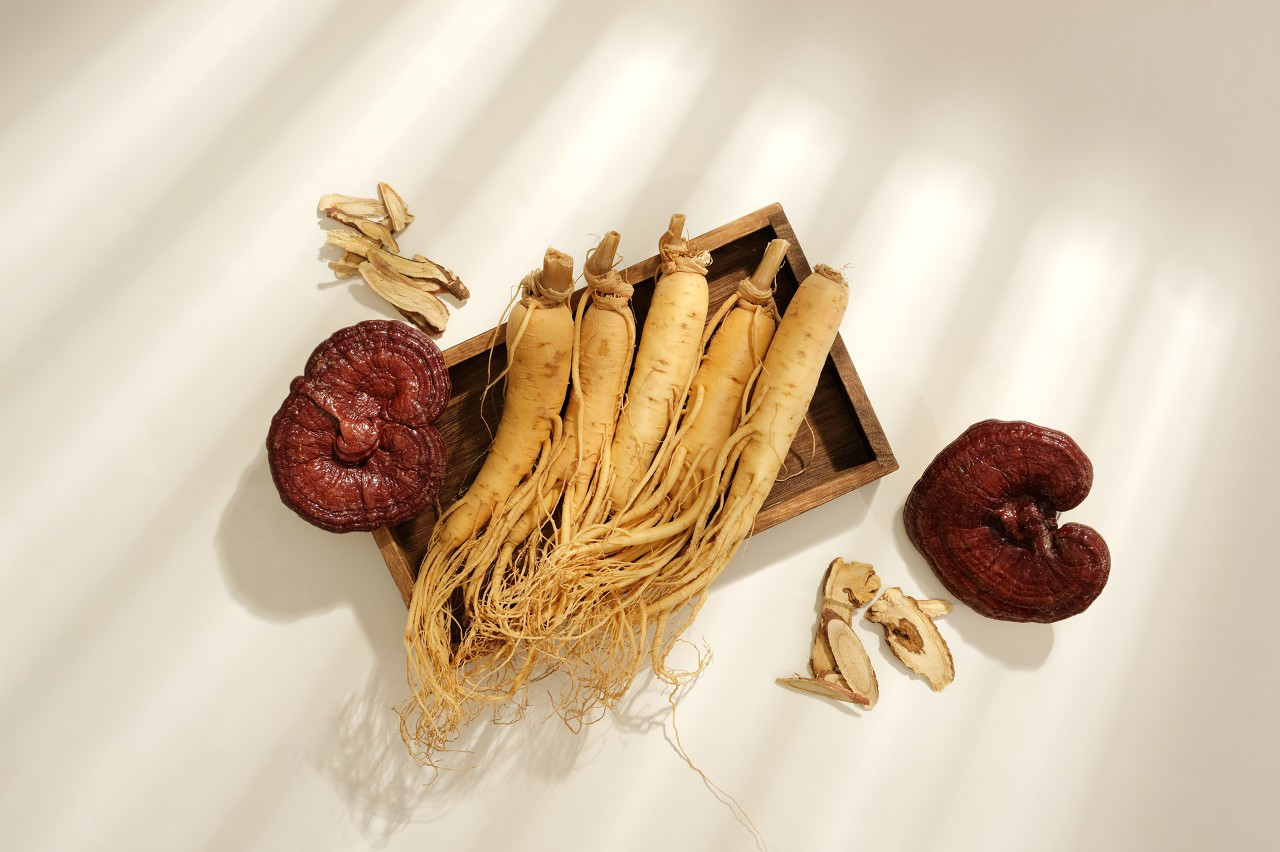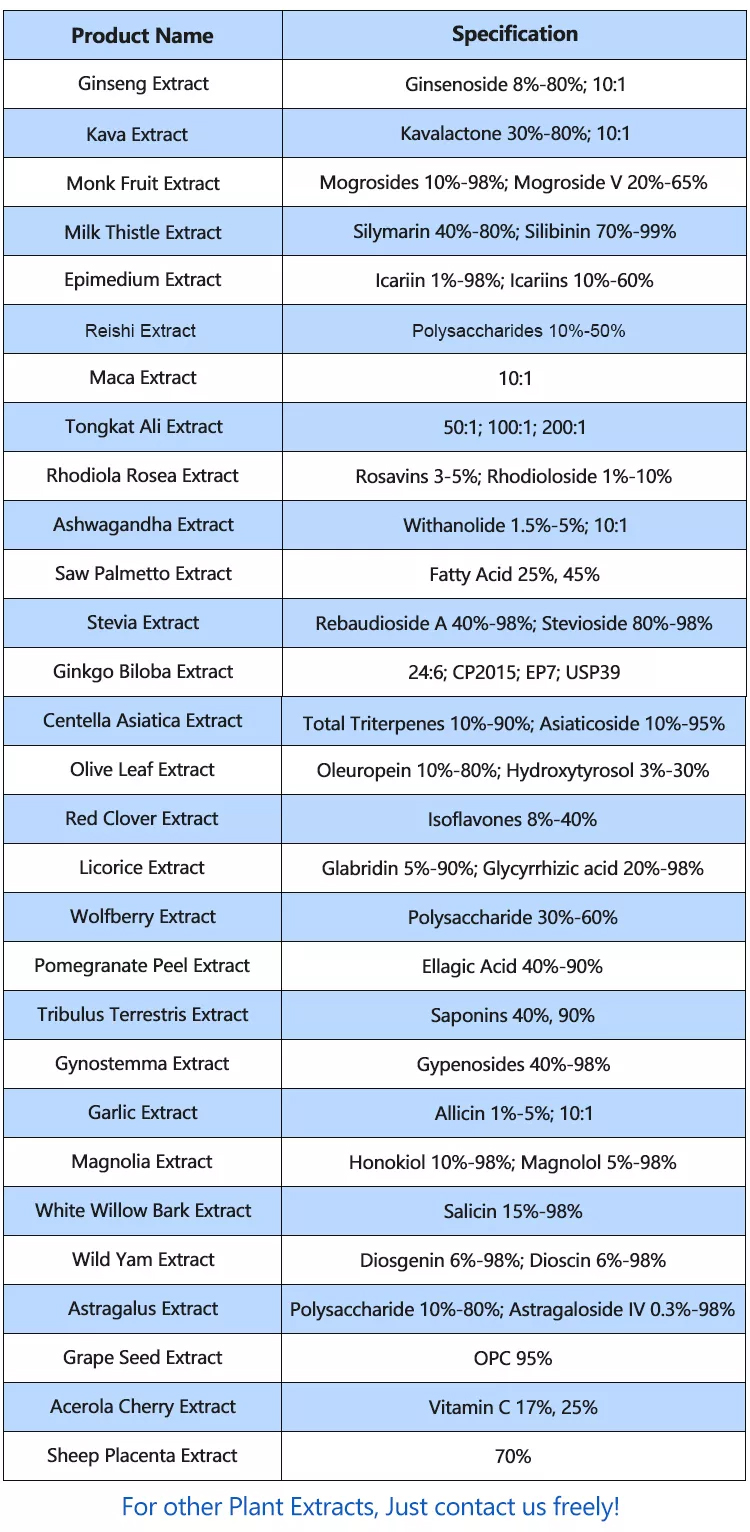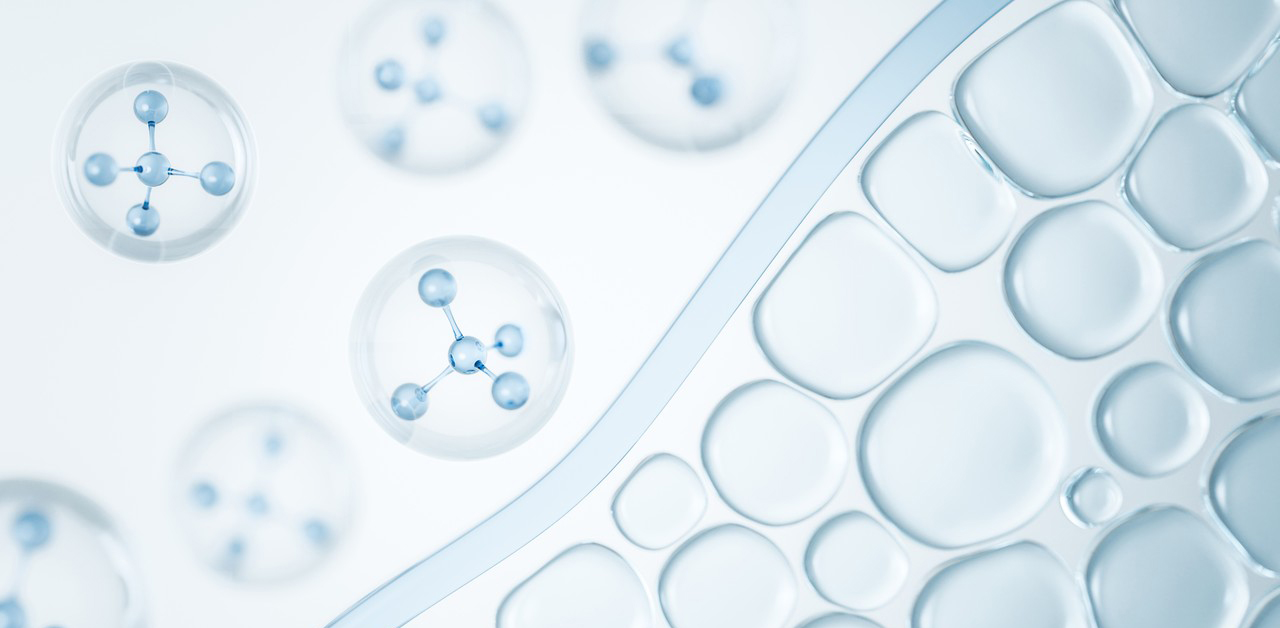Extraction of ginseng extract involves various technologies designed to preserve and enhance the bioactive compounds of ginseng, such as ginsenosides, polysaccharides, and amino acids. The choice of method depends on the desired application, efficiency, cost, and environmental considerations. Here are the primary technologies used:
1. Solvent Extraction
A. Process:
- Ginseng is dried and ground into powder.
- It is then soaked in a solvent (water, ethanol, methanol, or their mixtures) to extract active compounds.
- The solution is filtered and concentrated under reduced pressure to remove the solvent.
B.Advantages: Simple and widely used.
C. Limitations: May require large amounts of solvent and time.

2. Ultrasound-Assisted Extraction (UAE)
A. Process:
- Ultrasonic waves are used to disrupt cell walls, enhancing the release of active compounds.
- Solvent and ultrasound energy are applied simultaneously.
B. Advantages:
- Increases efficiency and reduces extraction time.
- Lower solvent usage.
C. Limitations: Equipment cost.
3. Microwave-Assisted Extraction (MAE)
A. Process:
- Microwaves heat the sample-solvent mixture, causing cell disruption and rapid extraction.
B. Advantages:
- Fast and energy-efficient.
- High extraction yield.
C. Limitations: Not suitable for heat-sensitive compounds if not carefully controlled.
4. Supercritical Fluid Extraction (SFE)
A. Process:
- Carbon dioxide (CO₂) is used as a supercritical fluid under high pressure and moderate temperature.
- It extracts non-polar compounds efficiently.
B. Advantages:
- Solvent-free and eco-friendly.
- Ideal for pharmaceutical-grade extracts.
C. Limitations: High equipment cost.

5. Enzyme-Assisted Extraction
A. Process:
- Specific enzymes (e.g., cellulase, pectinase) are added to degrade the cell wall, releasing active compounds.
B. Advantages:
- Enhances yield and bioavailability.
- Environmentally friendly.
C. Limitations: Cost of enzymes and process optimization.
6. Fermentation-Based Extraction
A. Process:
- Ginseng is fermented using microorganisms (e.g., Lactobacillus) to convert ginsenosides into more bioactive forms.
B. Advantages:
- Enhances bioavailability.
- Suitable for functional food and nutraceutical applications.
C. Limitations: Time-consuming.
7. Pressurized Liquid Extraction (PLE) / Subcritical Water Extraction
A. Process:
- Utilizes water or solvents under high pressure and moderate temperature.
B. Advantages:
- Eco-friendly and efficient for extracting both polar and non-polar compounds.
C. Limitations: Equipment costs and process complexity.
8. Membrane Filtration Technology
A. Process:
- Ultrafiltration or nanofiltration is used after initial extraction to concentrate and purify the ginseng extract.
B. Advantages:
- High purity of the final product.
- Removes unwanted impurities.
C. Limitations: Limited to specific molecular weights.
9. Freeze-Drying (Lyophilization) for Final Product
A. Process:
- The concentrated extract is freeze-dried to preserve heat-sensitive compounds and ensure long-term stability.
B. Advantages:
- Retains nutritional and functional properties.
- Suitable for pharmaceutical applications.
C. Limitations: Energy-intensive.

Factors Influencing Extraction Technology Choice:
- Target Compounds: Different ginsenosides may require specific conditions.
- Application: Food, pharmaceutical, or cosmetic grade.
- Efficiency: Extraction yield and process speed.
- Cost and Sustainability: Eco-friendly and economical processes are increasingly preferred.
If you have specific questions about any method or wish to know the optimal technology for a particular application, let me know!
